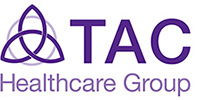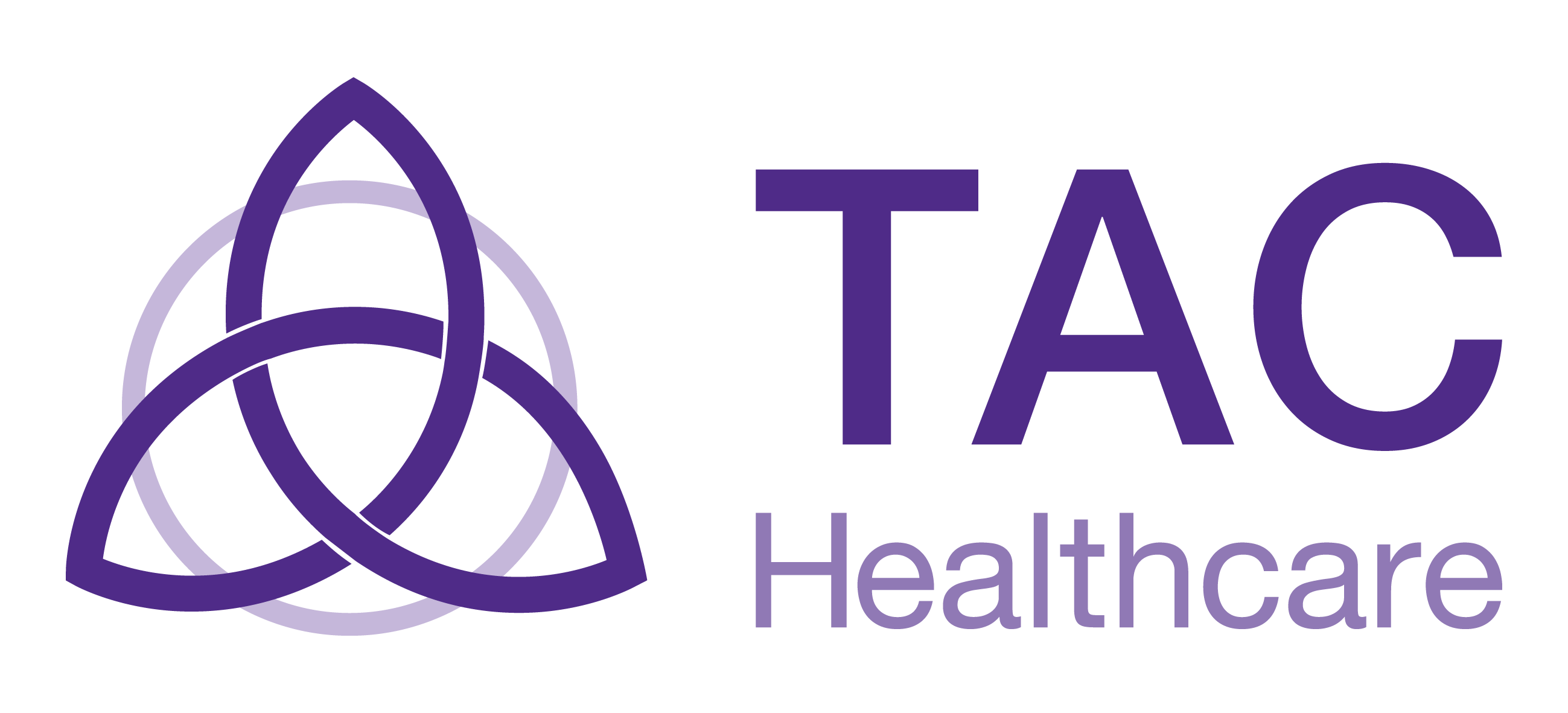How Can We Help?
With the latest diagnostic and endoscopic technology available, we can offer faster diagnosis to everyone who comes to us for care. The wide range of conditions we can diagnose includes Crohn’s disease, irritable bowel syndrome (IBS), stomach tumours, ulcers and gastro-oesophageal reflux.
With more than 3,500 endoscopy examinations performed each year, we’re Scotland’s leading independent Endoscopy unit. All of our staff specialise in endoscopy therefore are experienced in putting patients at ease - talking them through the procedure. As a result TAC Healthcare is renowned for excellence in healthcare and patient satisfaction.
✅ Our Endoscopy team are specialists in the diagnosis and treatment of conditions affecting the stomach and intestines.
✅ Our Endoscopy Suite is custom built and the UK's first carbon neutral endoscopy facility.
The symptoms of rectal bleeding, perianal pain, itch and incontinence are very common. In a small number of patients these are the first signs of serious underlying diseases (bowel disease or cancer) but for most there is nothing serious to worry about and many common conditions such as an an anal fissure, haemorrhoids, skin tags, prolapse and fistual-in-ano can be easily treated.
BOOK ONLINE

.jpg)



.png)
.png)
